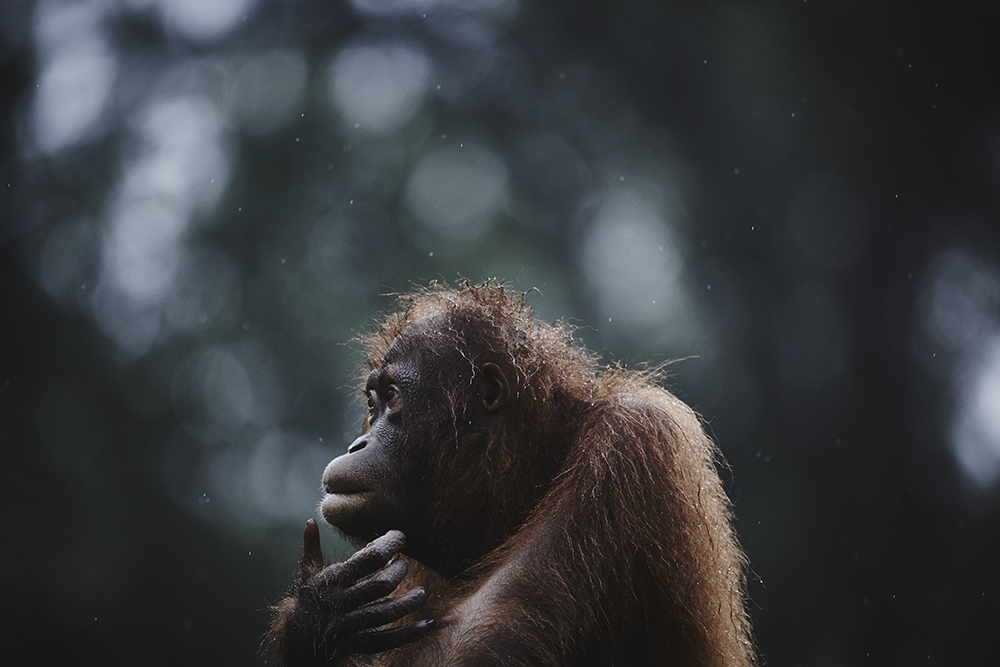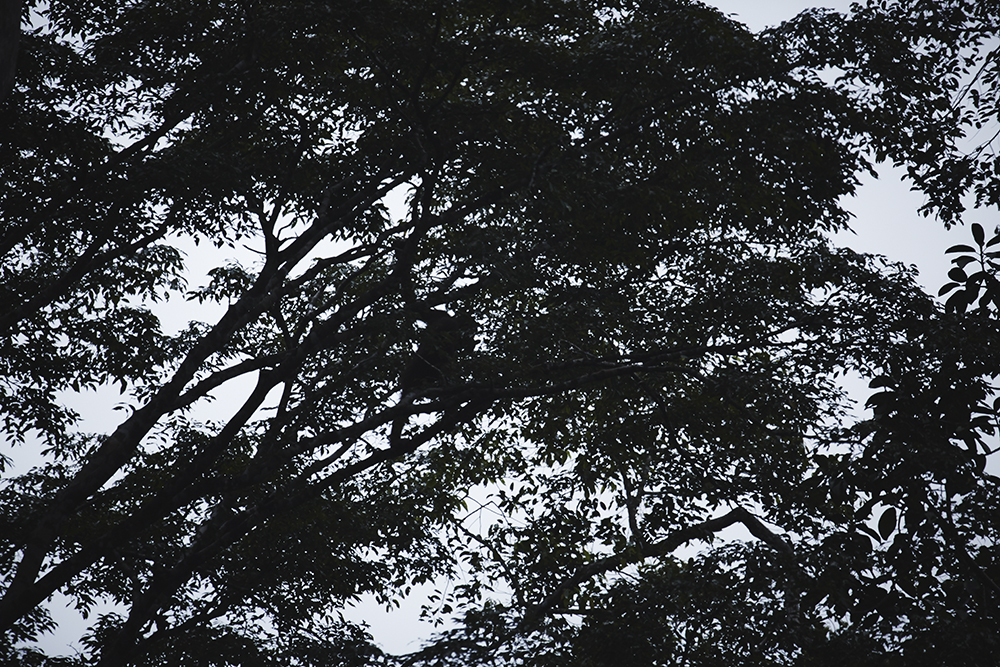The Clash Between Civilization And The Wild
-
PhotographerYosuke Kashiwakura, Japan
-
Studiofreelance
-
Website
-
Instagram
The island of Borneo, which is split between the countries of
Malaysia, Indonesia, and Brunei, was once covered with a lush
tropical rainforest, but in the wake of ongoing deforestation and
the expansion of plantation farming, the habitats of the island’s
endemic and endangered species are being destroyed rapidly.
Relentless deforestation has precipitated the loss of 90% of the
orangutan population in just 100 years. At this rate, some
expect this species to become extinct within the next 20 years.
The Orangutan Rehabilitation Center is an animal protection
facility for the rehabilitation of wild animals. There, young,
motherless orangutan orphans received food from humans and
practiced crossing ropes stretched between trees. Normally,
baby orangutans learn what to eat and how to live in the
treetops while clinging to their mothers. Overwhelmed by
logging and plantation development, however, orphans ripped
from their mothers' bodies are unable to learn anything.
Moreover, many of the orphans suffered deep psychological
trauma. Some stared with hollow eyes at a single point in their
cage, some vomited their food, and some sought hugs. The staff
acted as parents, watching over the orphans day by day.
However, there are some individuals who cannot return, and
continue living in the vicinity of the center even into adulthood.
Like humans, orangutans have various personalities. One day, I
came across a strange sight in the woods. An orangutan was
using a towel to protect himself from the rain. The scene looked
to me like the appearance of a modern animal wandering into
the collision point between civilization and the wild.
Yosuke Kashiwakura (b. 1978, currently living in Japan.) . He was awarded National Geographic Photo Contest/Nature Category-Honorable Mention, Px3 Paris Photography Prize/Nature Wildlife 1st Place Winner, Px3 Paris Photography Prize/Nature Earth 1st Place Winner, Monochrome Photography Awards/1st Place Winner - Landscape Photographer of the Year, People 3rd Place Winner, LensCulture Earth Awards 2015/Single Image Category 2nd Place, Nature’s Best Photography Windland Smith Rice International Awards, International Photography Awards. His work went on to be displayed in the Smithsonian National Museum of Natural History, COP21–PARIS 2015 Photography Exhibition. His photographs depict natural scenery, the confrontation between human and nature, and environmental problems. He is active in a wide variety of media, including magazines, various publications, and advertisements.
Awards Works illustrate the relationship between human society and animals, such as his photograph of a crow's nest constructed from wire hangers in Tokyo, which was exhibited among other environmentally themed works at the 2015 United Nations Climate Change Conference (COP21). Other works include a series documenting the rehabilitation of orangutans living in an area where civilization and the wild are at odds. He recently accompanied the adventurer Yasunaga Ogita and a group of young people on their 600 km Arctic expedition, documenting the trip on film. Photos from this trip were later published by media outlets including National Geographic and NHK. His work covers a broad range of topics, including natural landscapes, confrontations between humans and the environment, and environmental conservation. They have been exhibited at locations such as the Smithsonian National Museum of Natural History, and the C40 Mayors Summit; and have appeared in domestic and international publications including Deutsches Museum, the Natural History Museum in London, and LensCulture magazine. Notable awards include: Monochrome Photography Awards - Landscape Photographer of the Year Paris Photography Prize, PX3 - 1st place winner in both Nature/Wildlife and Nature/Earth categories LensCulture Earth Awards - Single Image Category, 2nd place National Geographic Photo Contest - Nature Category.




